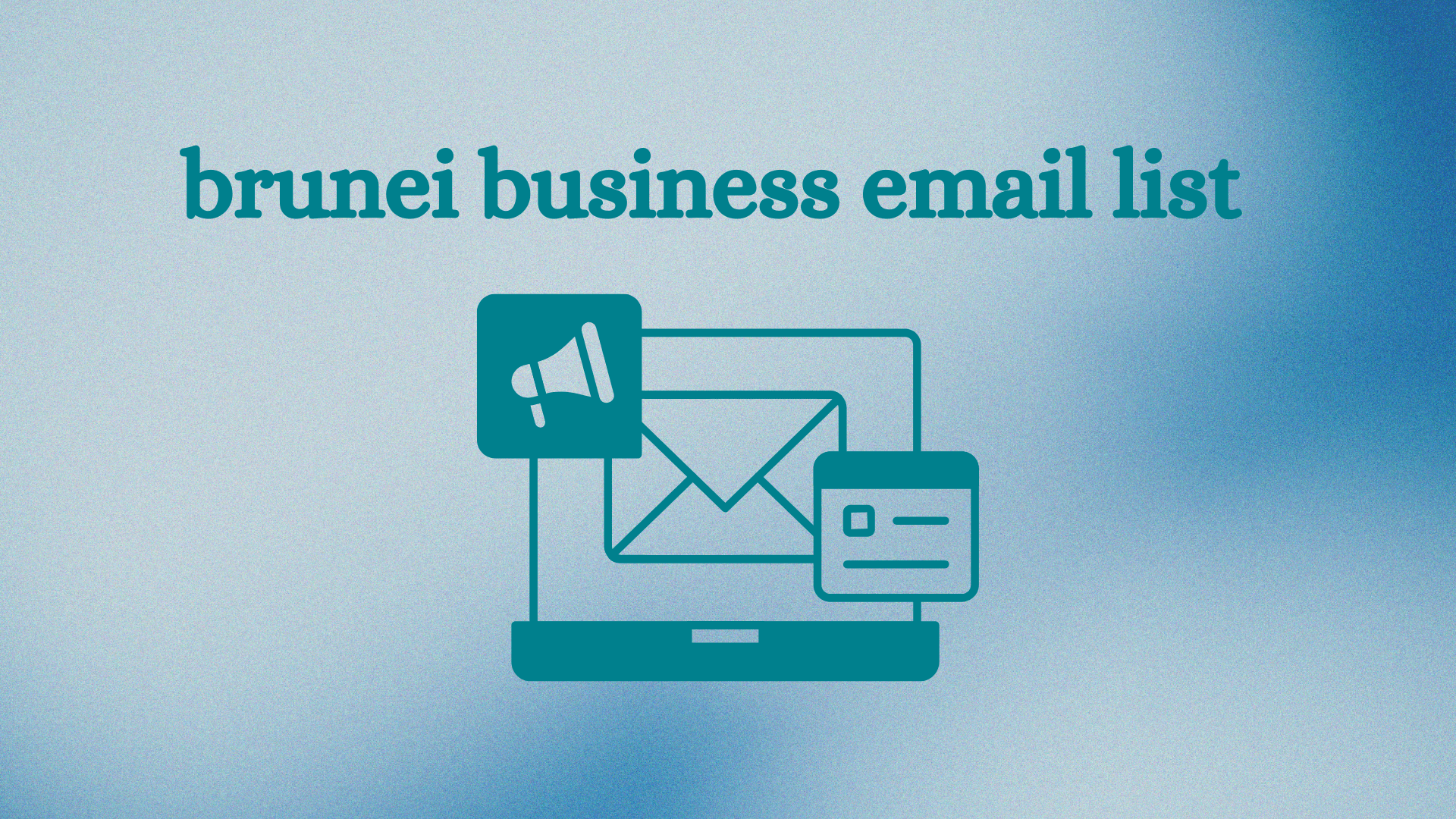What is Gamification?
Gamification is the application of typical game elements , such as scores, rewards, challenges and rankings, in non-game contexts. In marketing, this approach seeks to increase user engagement, promote brand loyalty and encourage desired behaviors, such as making a purchase or sharing content. The idea is to make routine activities more engaging and fun, encouraging consumers to interact more with the brand.
Benefits of Gamification in Marketing
One of the biggest benefits of gamification is increased consumer engagement. By introducing game elements, companies can capture customers’ attention more effectively, encouraging them to actively participate in campaigns. This engagement can lead to greater brand loyalty and, consequently, increased sales.
User Experience
Gamification significantly improves the user experience by making interactions more dynamic and engaging. Instead of simply browsing a website or watching an ad, consumers are encouraged to participate in games, challenges, and competitions. This not only makes the experience more enjoyable, but it also increases the likelihood that users will return to interact again.
Data Collection
Through gamification , companies can collect valuable data about consumers. Information such as preferences, behaviors, and engagement levels can be obtained through gamified interactions. This data is essential for personalizing future campaigns and making data-driven strategic decisions.
How to Implement Gamification in Marketing
Before implementing gamification, it’s crucial to clearly define the campaign’s goals. Whether it’s increasing engagement, promoting a new product, or collecting consumer data, having specific goals will help guide brunei business email list the design of your gamification strategy.

Choosing Game Elements
Choosing game elements is an essential step in creating a gamified campaign. Scores, badges, rankings and challenges are just some of the elements that can be used. The key is to select those that best align with the campaign’s objectives and that are appealing to the target audience.
User Experience Design
User experience design should be carefully planned to ensure that gamification is intuitive and enjoyable. It’s important that consumers can easily understand how to participate and feel a sense of progress and reward throughout the process. Immediate feedback, through notifications and status updates, is crucial to maintaining engagement.
Examples of Gamification in Marketing
Many loyalty programs use gamification to encourage customers to accumulate points and unlock rewards. These programs often include weekly challenges, badges for reaching specific goals, and leaderboards that allow users to compare their performance against other participants.
Contests and Challenges
Gamified contests and challenges are another effective way to engage consumers. These events can be held on social media, on the company’s website, or through mobile apps. By completing tasks and participating in competitions, users can earn prizes and recognition, which increases their connection with the brand.
Interactive Applications and Games
Some companies develop interactive apps and games as part of their marketing strategies. These games can be related to the products or services they offer, providing a fun way to educate consumers and encourage them to make purchases.
Challenges and Considerations in Gamification
One of the biggest challenges of gamification is maintaining user interest over the long term. It’s important to regularly update content and challenges to prevent consumers from losing interest. Offering meaningful and varied rewards can help maintain engagement.
Balance between Play and Purpose
While gamification involves elements of games, it’s crucial to maintain a balance between fun and purpose. The strategy should always align with the company’s marketing goals and should not distract from the core message.
Personalization
Personalization is a vital component of successful gamification. Understanding your target audience and tailoring game elements to their preferences and behaviors can significantly increase the effectiveness of your campaign. Using collected data to continually adjust and improve your gamified experience is essential to achieving better results .
Motivation and Sustainable Engagement
Gamification not only captures consumers’ initial attention, but also keeps them interested over time. The key to this is intrinsic and extrinsic motivation. Tangible rewards like discounts and freebies are effective in attracting new users, but the real magic happens when gamification can motivate consumers internally. Feelings of achievement, healthy competition, and public recognition are powerful tools for maintaining engagement. By providing a sense of continuous progress, companies can build lasting customer loyalty.
Continuous and Immediate Feedback
Immediate feedback is a key component to keeping users motivated. Real-time notifications about achievements, status updates, and encouraging messages help keep consumers engaged. Additionally, ongoing feedback lets users know exactly where they are in relation to their goals, which reinforces the sense of progress and accomplishment.
Rewards and Recognition
In addition to points and badges, offering rewards that have significant value to consumers is essential. Loyalty programs that allow users to exchange points for exclusive products or services, VIP experiences or even participation in special events can create an emotional connection with the brand. Public recognition through rankings and highlights on the company’s social platforms also reinforces loyalty and motivation.
Social Media Integration
Integrating gamification with social media can boost the reach and effectiveness of marketing campaigns. By allowing users to share their achievements, participate in social challenges, and invite friends to competitions, companies can increase their visibility and attract new consumers. Social media is a powerful platform for disseminating gamified content, creating a community of engaged and loyal users.
Gamification in marketing is a powerful tool for transforming traditional campaigns into interactive and fun experiences. By incorporating game elements, companies can increase consumer engagement, improve user experience, and collect valuable data. However, it is important to carefully plan the implementation of gamification by defining clear goals, choosing appropriate game elements, and personalizing the experience for the target audience. With the right approach, gamification can be a highly effective strategy for achieving significant results in marketing.
